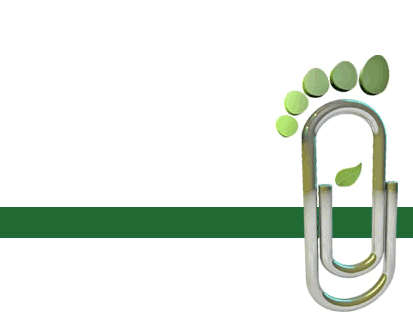Trash to Treasure… Or Something Like That, Pt. 1
By Heather Parker
This is a three-part series about something to which I’ve devoted most of my Peace Corps service: waste management. In Ecuador, like in so many parts of the world, waste of all kinds, whether solid (like trash), human, or animal, is managed pretty poorly. Litter is common, sewage drains right into waterways, and this can of course have very negative repercussions for the natural environment and for human health. Ecuador is certainly not the only country guilty of inadequate waste management; waste is often poorly managed in the United States, too. But working here in Ecuador has opened my eyes to the many alternative ways to manage waste. And not just manage it, but improve it and increase its value, in a trash to treasure sort of way. This is called upcycling, the transformation of a waste product into something useful, and it has been the focus of much of my work here in Ecuador. So without further ado, in this first post of my waste management/upcycling series I would like to discuss:
DRY TOILETS
Along with members of my community, my counterpart – my primary work partner in my site – and I have built seven dry toilets for seven families in Comunidad La Floresta. What is a dry toilet, you ask? It’s pretty much what it sounds like: a toilet that doesn’t use water. It’s reminiscent of a latrine, but solid waste (you know, feces, poop, whatever you want to call it) and liquid waste (urine) are separated. In the case of my community’s dry toilets, the solid waste is collected in a tank, while the urine is funneled through a buried hose where it is slowly dispersed underground through pin prick holes in the tubing. With each use of the toilet, community members add a couple handfuls of sawdust to the tank for solid waste. (If this is done correctly, the toilet has no unpleasant odor at all!) When the tank for solid waste is filled, it is simply removed and emptied into a sort of holding area, where the material is left for nine months.
Doesn’t sound very glamorous right? But, by better handling human waste in my community, we’re doing a whole lot of good: improving water quality in the area, conserving water, and protecting community members’ health, among other things. In my community, most people work in agriculture – primarily dairy production – in fields that are often an hour or two walk from their homes. They therefore spend the vast majority of each day outside of the central nucleus of the community where most of them reside and where most of them have their bathrooms. Sometimes they even spend the night in the ranchos, the small shelters, that they’ve built alongside their cow pastures. As you might imagine, community members generally don’t have running water in these ranchos, or at least no running water that they can use for plumbing – these shelters are generally in pretty remote areas, after all –, so when community members have to go (you know what I mean), they just go in the woods. And that can potentially create many health and environmental hazards.
So the idea behind our dry toilets is to give community members a bathroom that they can use when tending to their cattle or their crops. This both gives them some privacy – which is especially nice for the women in the community – and it also helps contain human waste. And that’s definitely a good thing. There’s also the added perk that, after a nine month waiting period in a sort of “holding area,” the solid waste can actually be used as fertilizer on crops such a fruit-bearing trees (though, just as a precaution, not generally on things like lettuce, carrots, etc. where the edible part of the plant would come in contact with the compost).
Now, I bet this sounds really gross. We’re putting human poop on stuff that we’ll eventually eat, after all. But after nine months, all harmful pathogens in the human waste are eliminated, and it essentially just becomes enriched soil. It’s like how so often animal manure, like cow manure, is used as an organic fertilizer, often without a second thought about things like sanitation or health issues. After nine months, the human waste is compost, nothing more, and it can be used as an organic alternative to the really nasty chemical fertilizers that are so often used throughout Ecuador.
So there you have it. Dry toilets. Though certainly not glamorous, they can have really important positive health and environmental effects. They’re probably not replicable on a large scale in the United States – I doubt many people would want to give up their flushing toilets for what is essentially a glorified latrine – but they work really well in environments with little water. And in a world where the average toilet uses between 1.5 to 3.5 gallons of water per flush (depending on how old the toilet is), they also might serve as a reminder that perhaps we shouldn’t be wasting so much fresh, potable water every time we use the bathroom, especially now that things like water rights and water availability are becoming increasingly contentious issues.
